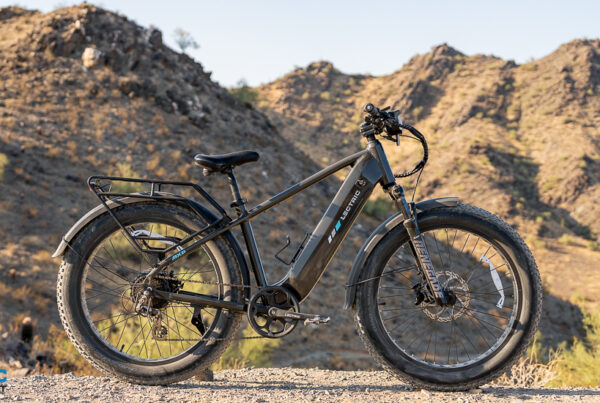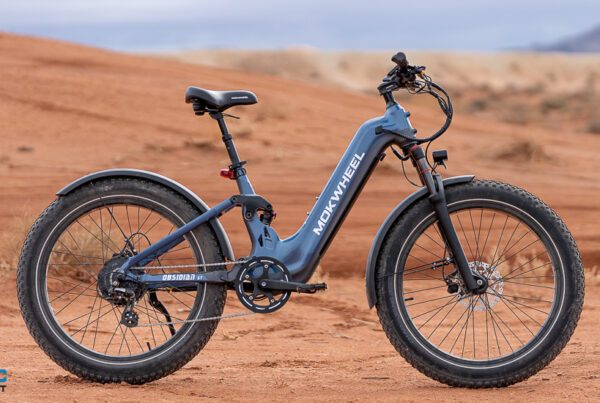Some links may be affiliate links. We may get paid if you buy something or take an action after clicking one of these.

Electric bikes cost money; probably more money than the average person might expect. So why are electric bikes so expensive?
Bicycles have come a long way since the heyday of Schwinn and the classic six-speed. Even without a motor and battery, a traditional bicycle is a complex piece of engineering. That engineering takes time and money — likely a lot more time and money than the average person might expect, which could explain some of the sticker shock so many first-time e-bike buyers experience.
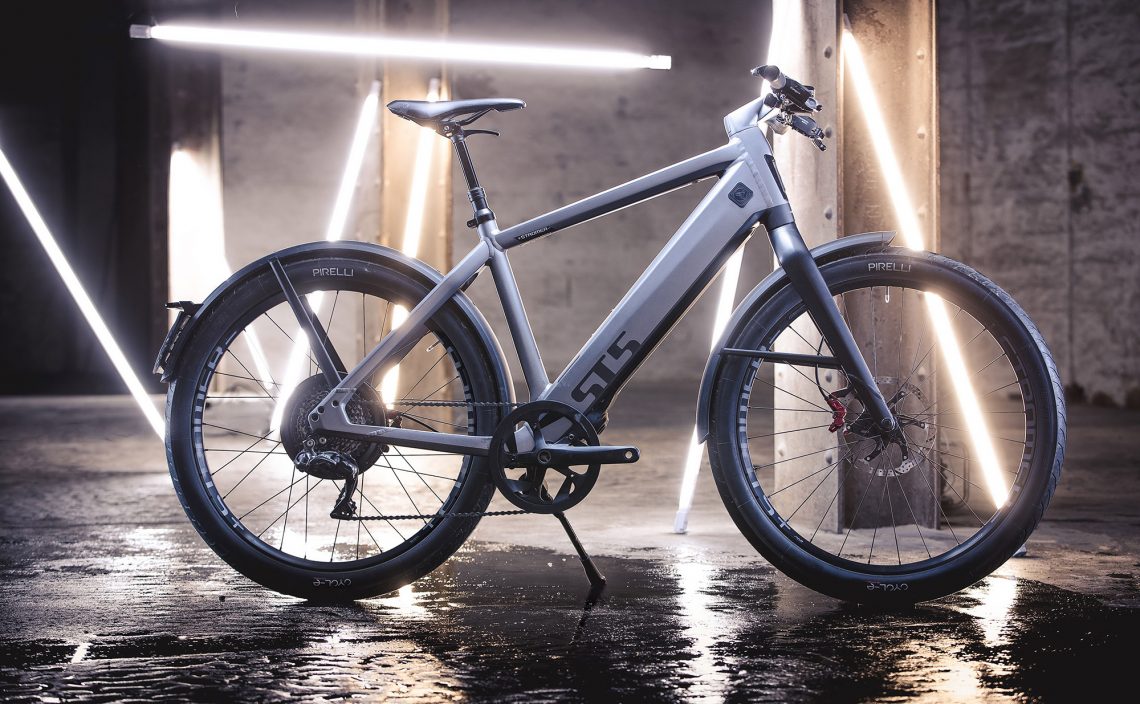
The Stromer ST5 is in the upper echelon of luxury e-bikes and has a price tag to match.
This post will offer some explanations for modern e-bike costs and hopefully help you better understand what you’re paying for when you do pop for a new ride. It’s not comprehensive by any means, but these are at least some of the reasons you might think twice before balking at the price of that new e-bike.
Why E-Bikes Are So Expensive: Motors and batteries (especially batteries) aren’t cheap
Bicycles in general aren’t cheap, but add in a motor and battery and that cost can go much, much higher.
Batteries are often regarded as the single most expensive part of an e-bike, ranging from a few hundred dollars for a very low-cost unit to well over $1,000 for some of the nicer ones. This is also a component you really don’t want to go cheap on, as it’s going to dictate how far you ride. Larger batteries cost more, so if you want range on a single charge you’re going to pay for it.
The Battery will also partially dictate the lifespan of your e-bike. Quality lithium ion batteries, the most common type on e-bikes, have a typical lifespan of 2-4 years depending on how they’re used and taken care of. More expensive batteries are often engineered to give the cells inside their best shot at the longest lifespan — either through a specially designed battery management system or careful attention paid to hardening it against the elements — and cheaper ones may not have been given that special attention.
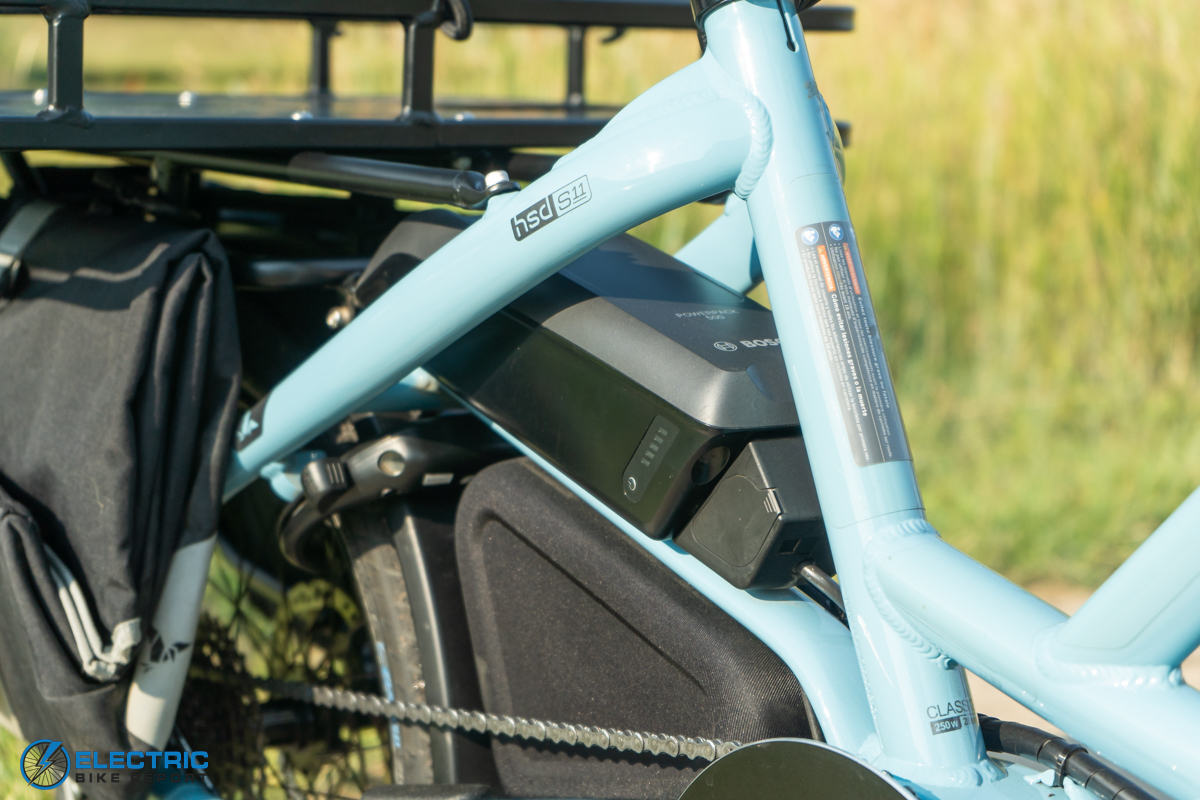
A Bosch PowerPack 500 battery on a Tern HSD S11.
Motors are also expensive pieces of engineering, with even the most inexpensive costing several hundred dollars. This is another area where cost can vary wildly depending on quality and the type of motor. Hub motors are the most common affordable e-bike drive system and mid-drive motors are usually the most pricey. Each has its pros and cons, but mid-drives are regarded as the nicer of the two with the highest efficiency and best ride feel, among many other things. I could write an entire series of posts around motor quality, the different types and what that means for the consumer, but that’s a topic for another time.
Add those components together, plus the cost of any applicable electrical engineering, testing, programming and even the cost of a warranty and customer service program — which, for some companies, can be substantial — and you’ve got a sizable increase in cost over a traditional bicycle.
Why E-Bikes Are So Expensive: Quality components make for more expensive bikes
E-bike cost is also dictated by the quality and type of normal bicycle components that come with it.
The cost of those components can vary wildly, which is a large part of the reason overall e-bike price ranges from right around $1,000 on the low end to $15,000 on the extremely high end. For some people, a $1,000 e-bike suits their needs perfectly, but for others, they may have the means and a passion for cycling great enough to justify a substantially more expensive bike. It all just depends on what you’re doing with your e-bike and what you want out of it.
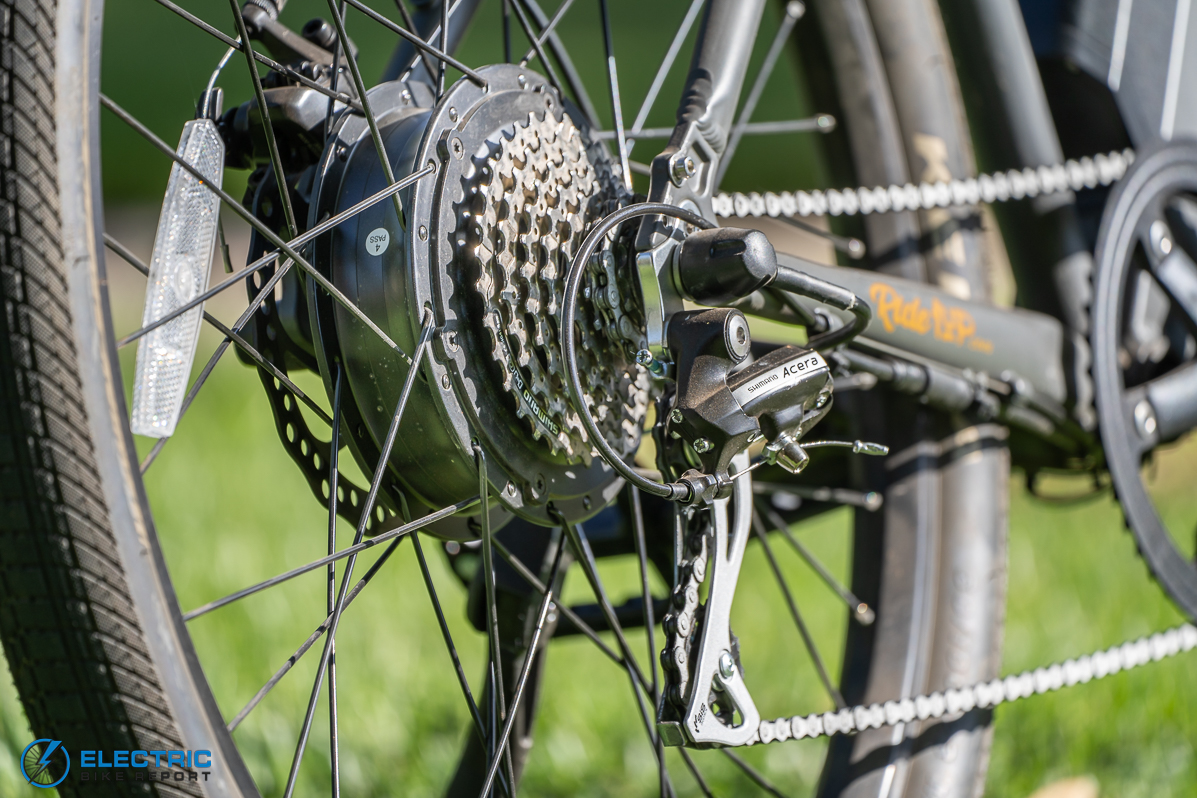
The Shimano Acera drivetrain on a Ride1UP 500 Series. Acera is far from Shimano’s top-of-the-line performance drivetrains, but it works great for the average commuter and costs less.
Drivetrains, wheels, frame material and brakes are all things that can drive up the cost of an e-bike. Performance components used by racers and enthusiasts are usually going to cost more than components used by commuters and weekend warriors. And while cheap components are not necessarily bad components, there is such a thing as going too cheap. While you may save money up front buying an e-bike spec’d with ultra-cheap components, you’ll likely pay more in the long run. Cheap parts are usually more fragile than their expensive counterparts and often lack warranties or customer service.
I’m more than familiar with the financial hurdle e-bike prices can pose, but be wary of deals that seem too good to be true. There’s only so much price leeway brands have when they set out to build an e-bike; the cost is largely dictated by the componentry they choose and frame material. If you find an outlier that seems outrageously cheaper than its competitors, there’s a strong chance the price is so low because they’ve found a way to cut corners.
Cheaper e-bikes are coming, but don’t hold your breath
First, the good news: The cost of e-bikes and e-bike componentry will eventually fall as the technology matures and becomes more readily available.
On top of that, several nations across the globe have instituted incentives that offset the cost of e-bike ownership with many others following suit. Here in the U.S., a proposed tax credit could cover the cost of a new e-bike by up to 30 percent, so even if prices are slow to fall there is hopefully financial help on the way.
Now for the sobering news: Don’t hold your breath that e-bike prices will come down anytime soon. In fact, be ready for them to go up.
E-bikes are expected to be the best-selling electric vehicle on the market over the next several years, according to Deloitte, with more than 130 million expected to be sold globally from 2020 to 2023. Demand for e-bikes worldwide has never been higher, and the relatively young e-bike industry is straining to keep pace. Add in the outsized impact of COVID-19, which sparked a global bicycle part shortage (that’s still ongoing) and further drove up e-bike demand, and it’s never been tougher to find an e-bike, let alone an affordable one.
Many e-bike companies, including the more affordable ones, have already increased their prices. The hikes aren’t too steep — we’ve typically seen them go up by one or two hundred dollars on average — but costs still aren’t yet trending in the direction most consumers would like (down).
Eventually, demand will normalize, the parts shortage will fizzle out and manufacturers will be able to catch back up — but be ready for that to take a while. Many of the world’s largest components manufacturers are quoting lead times of up to a year for new parts, meaning e-bikes and components will likely be in short supply for quite a while longer.
Sponsors
Related
Reader Interactions
![]()
Source link







